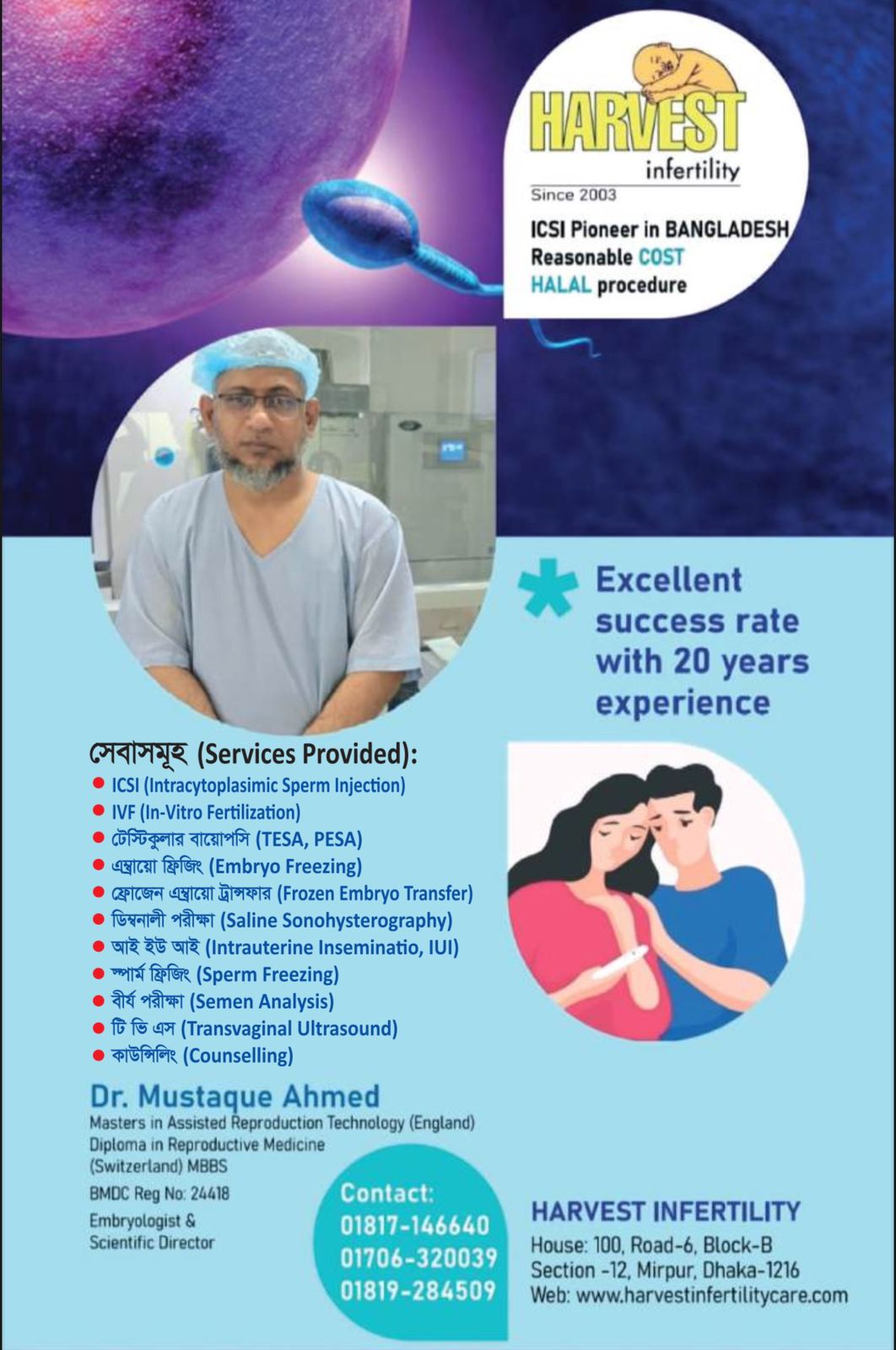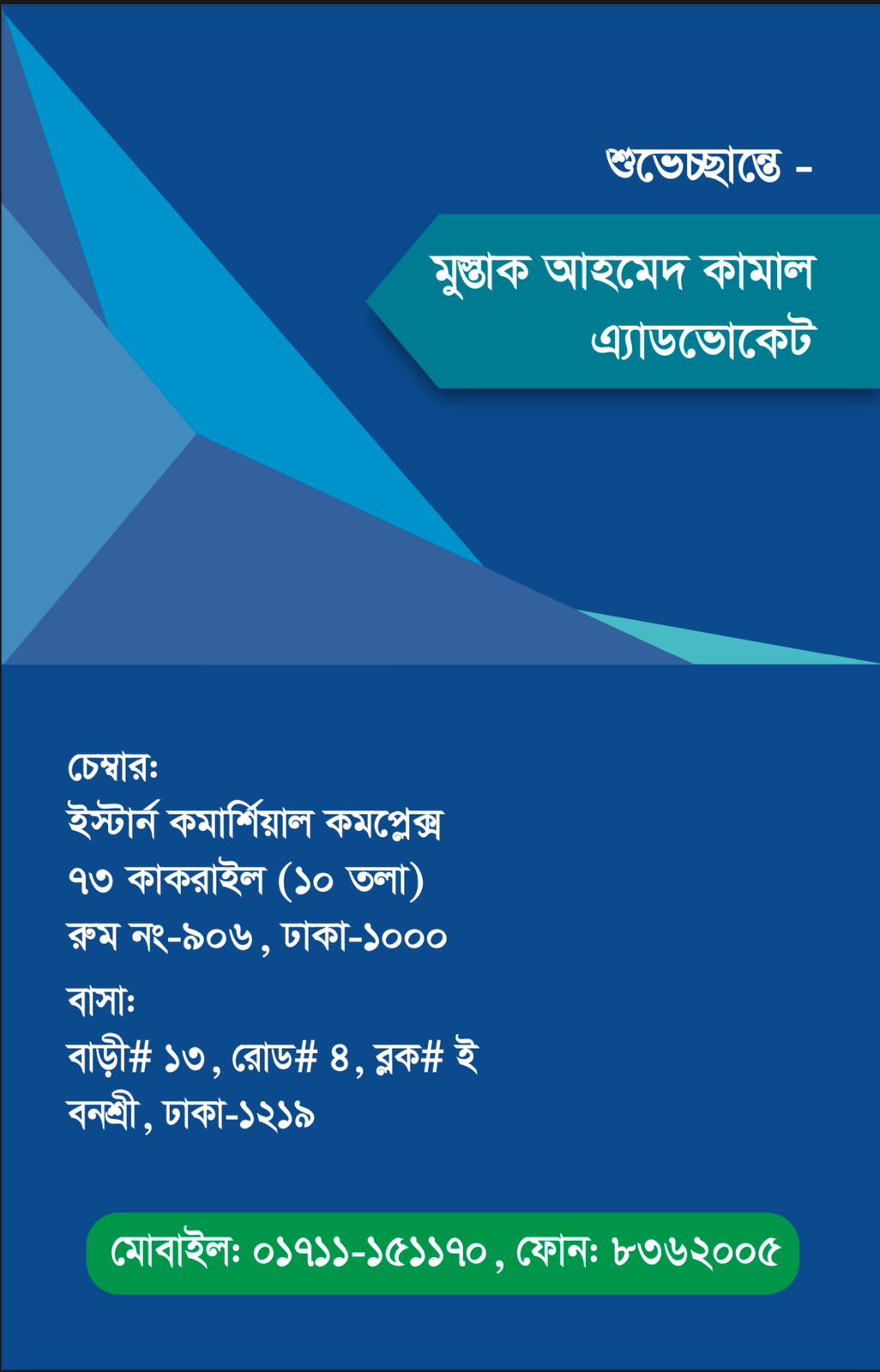Autism: What we need to know
-Abdul Baseet Arham
What is autism?
Autism refers to range of complex neurodevelopment disorders characterized by social impairments, communication difficulties, and restricted, repetitive, and stereotyped patterns of behavior.[i]
Although I have just mentioned a definition of the term autism, it is a very abstract term. It actually refers to a group of individuals who meet a certain diagnostic criteria. Autism is a not a single disease, it is a spectrum of disorders which includes Rett’s disorder, pervasive developmental disorder, Aspergers syndrome (a high functioning form of autism), autistic disorder and childhood disintegrative disorder. Hence it is an umbrella term or better referred to as Autism spectrum disorder (ASD).
In today’s society autism is reaching unprecedented levels of prevalence. According to the CDC one in six children has a developmental disorder or behavior problem-classified from ADHD (attention deficit hyperactivity disorder) to autism.[ii] So it is of utmost importance to know properly about this disorder, as it may affect any one of our families.
Our Bangladeshi society is a very tightly knit society. Anything that affects a person does not only affect that person. It affects everyone surrounding that person. It affects their family, neighbors and friends. The same holds true for autism. ‘We’ view autistic people as people with ‘problems’. We were never more wrong. They are special people with special needs. We need to change our mindset. Another example: If we see any autistic individual at a social gathering many of us will inevitably stare at him/her. Some may even go as far as to express their annoyance at their presence. As I said: we need to change our mindset. This is the first step towards creating a better society.
Etiology of autism
Autism is an idiopathic disease. That is, it has no specific or direct cause. However it is referred to as a multifactorial disorder by experts. This means, it depends on a complex mix of factors, both genetic and environmental.
Genetic factor: Autism has a concordance rate of 90%.[iii] Meaning if one of two monozygotic twins has autism then the other has a 90% chance of having autism or Aspergers syndrome. This is the highest among all neuropsychiatric disorders. However autism is not inherited in a simple Mendelian ratio.
Environmental factors: These include persistent organic pollutants (POPs) such as pesticides, common cleaning solvents. It also includes heavy metals such as lead, arsenic, cadmium, thallium, mercury etc.
When these factors converge in a person they make him/her susceptible to autism.
Diagnostic criteria:
Suppose you just had a child. The child is showing all the signs of physical growth. However he/she is not showing the signs of normal development i.e. not showing language skills typical of an infant, throwing tantrums, unable to socialize with other children etc. Should you be worried? Well you ought to be worried. Your child may have autism. Coming to the point how do we diagnose autism?
An autistic person will exhibit the following signs:
Behavioral abnormalities: Focus on parts and pieces of objects, preoccupations, need for sameness, rocking & flapping behavior, hypersensitivity or lack of awareness to textures etc.
Communication problems: This is the most significant of all problems. Some autistic people develop language skills at the onset of their lives. However, at the age of 3-4years many lose their language skills and become nonverbal. This poses a problem because we have to face difficulties understanding their perspective or their needs.
Socialization problems: Lack of eye contact, abnormal facial expression (aggressive expression), abnormal body posture and no interest in shared enjoyment, failure to understand the listener perspective etc. [iv]
Breaking the myth
There is a widespread notion among the masses that early vaccination and autism are interlinked. Many have said that it is due to the presence of thimerosal in childhood vaccines that autism prevalence rates were increasing. However thimerosal has been discontinued from vaccines since 2001. The Institute of medicine (IOM) has done a scientific review on this matter and has dismissed any relationship between thimerosal containing vaccines or rather any sort of vaccine and autism.[v] So, do get your child vaccinated.
Autism in the context of Bangladesh
Our country is a developing country where awareness about autism is at a minimum. Even many doctors cannot explain the matter of autism to you, let alone the general masses. However according to government estimates 10% of our population is disabled and a significant portion of them are autistic. So, it is important that we generate awareness about autism as much as possible. Autistic children and their families have to face an untold amount of social stigma. Also there are inadequate educational facilities for autistic children. The mainstream educational institutions are not ‘pro-autistic’. If you want to get your autistic child admitted into such an institution then the parents of ‘normal’ children will be the first ones to object.
Is there any cure?
No there is no magical drug that cures autism. However rigorous therapy combined with a stringent diet has shown remarkable improvements in autistic individuals. In this regard biomedical intervention has benefited us greatly. It includes:
- Gluten free- casein free diet (essentially milk and wheat free diet)
- Hyperbaric oxygen therapy
- Nutritional supplements
- Detoxification
- Use of chelating agents
What do you do if your child is autistic?
As we all know a child’s brain will develop at a maximum rate during the first five years of development. So if you can intervene early then there are chances that he/she may lead a relatively normal life. For that the child must be given speech, occupational, vocational etc. therapies. Also he/she must also be schooled so that they learn to socialize with their peers. In this regard some noteworthy institutions are
- Centre for neurodevelopment and autism in children at BSMMU
- ‘Proyash’ a school run by the Bangladesh army
- Society for the welfare of autistic children (SWAC) also another school.
- There are also many government schools for the disabled at the district level.
Autistic people are a part of our society. They may be our children, siblings, cousins, the child next door. We need to change our mindset for the better if we are to make life bearable for them. We need to integrate them into our community. Only then will our society be a better place to live in.
Writer-
Abdul Baseet Arham
2nd year student, Sir Salimullah Medical College
Club roll: 13NC51, College roll: 1138061
[i] www.ninds.nih.gov
[ii] www.cdc.gov
[iii] Prof Mathew States, Yale University
[iv] National Centre for learning disabilities
[v][v] http://www.cdc.gov/vaccinesafety/Concerns/Autism/antigens.html





















